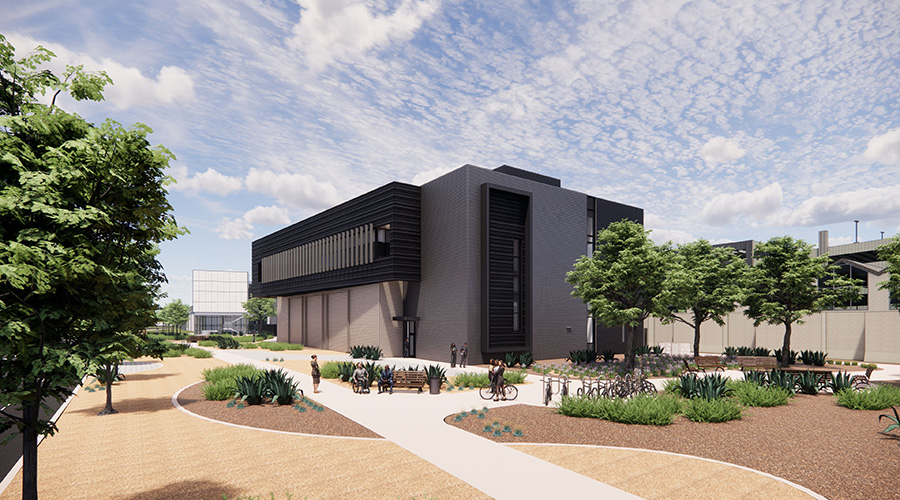There are few places where cleanliness is as crucial as healthcare facilities. Although keeping spaces and equipment clean is vital for quality control in many industries, lives literally hang in the balance in the world of healthcare. This is why so many of these facilities depend on cleanrooms to ensure the highest levels of safeguarding against contamination. Cleanrooms use a strict series of protocols and protections to keep out microorganisms. Without them, there is a serious risk that instruments and tools used to care for patients may be contaminated.
Establishing an effective cleanroom environment requires three basic steps. First, ensure that every surface is smooth and impervious to microorganisms. Surfaces must also be durable enough to prevent cracking or shattering, and they must be easy to clean. The second requirement is a proper regulation of air flow, including filtration. The handling system must be effective at removing particulates from the air as well as vapors or moisture. Finally, these areas must have strict rules and processes for employee access. The number of people in a cleanroom at any one time should be tightly controlled. In order to prevent breaches, only employees with the appropriate level of training and experience should enter these rooms.
Cleanroom facilities provide an essential barrier against the spread of contaminants and disease in the healthcare sector. For more details about how these rooms function and the classifications under which they operate, see the accompanying infographic.
This infographic was created by Technical Safety Services, a cleanroom testing company.
Steve Gonzales is Vice President of Technical Safety Services, which provides testing, certification and calibration of equipment and controlled environment.

 Grounding Healthcare Spaces in Hospitality Principles
Grounding Healthcare Spaces in Hospitality Principles UC Davis Health Selects Rudolph and Sletten for Central Utility Plant Expansion
UC Davis Health Selects Rudolph and Sletten for Central Utility Plant Expansion Cape Cod Healthcare Opens Upper 2 Floors of Edwin Barbey Patient Care Pavilion
Cape Cod Healthcare Opens Upper 2 Floors of Edwin Barbey Patient Care Pavilion Building Sustainable Healthcare for an Aging Population
Building Sustainable Healthcare for an Aging Population Froedtert ThedaCare Announces Opening of ThedaCare Medical Center-Oshkosh
Froedtert ThedaCare Announces Opening of ThedaCare Medical Center-Oshkosh